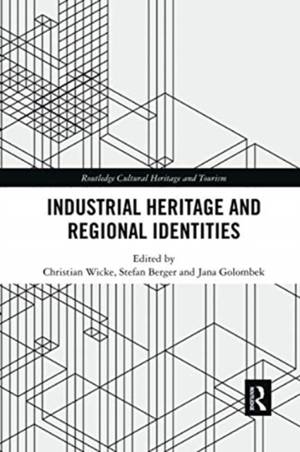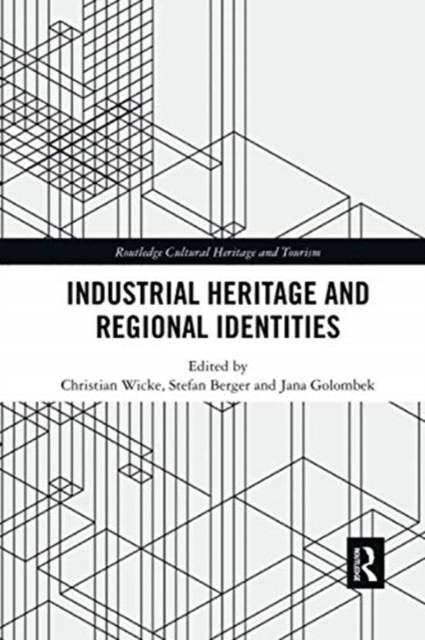
- Retrait gratuit dans votre magasin Club
- 7.000.000 titres dans notre catalogue
- Payer en toute sécurité
- Toujours un magasin près de chez vous
- Retrait gratuit dans votre magasin Club
- 7.000.0000 titres dans notre catalogue
- Payer en toute sécurité
- Toujours un magasin près de chez vous
Industrial Heritage and Regional Identities
Description
Heritage is not what we see in front of us, it is what we make of it in our heads. Heritage sites have been connected to a range of identarian projects, both spatial and non-spatial. One of the most common links with heritage has been national identity. This book stresses that heritage has developed powerful links to regional and local identities. Contributors deal explicitly with regions of heavy industry in different parts of the world, exploring non-spatial forms of identity: including class, religious, ethnic, racial, gender and cultural identities.
In many heritage sites, non-spatial forms of identity are interlinked with spatial ones. Civil society action has been important in representations of regional identities and industrial-heritage campaigns. Region-branding seems to determine the ultimate success of industrial heritage, a process that is closely connected to the marketing of regions to provide a viable economic future and attract tourism to the region. Selected case-studies on coal and steel producing regions in this book provide the first global survey of how regions of heavy industry deal with their industrial heritage, and what it means for regional identity and region-branding.
This book draws a range of powerful conclusions about the path dependency of particular forms for post-industrial regional identity in former regions of heavy industry. It highlights both commonalities and differences in the strategies employed with regard to the regions' industrial heritage. This book will appeal to lecturers, students and scholars in the fields of heritage management, industrial studies and cultural geography
.
Spécifications
Parties prenantes
- Editeur:
Contenu
- Nombre de pages :
- 256
- Langue:
- Anglais
- Collection :
Caractéristiques
- EAN:
- 9780367592363
- Date de parution :
- 30-06-20
- Format:
- Livre broché
- Format numérique:
- Trade paperback (VS)
- Dimensions :
- 152 mm x 231 mm
- Poids :
- 399 g

Les avis
Nous publions uniquement les avis qui respectent les conditions requises. Consultez nos conditions pour les avis.





